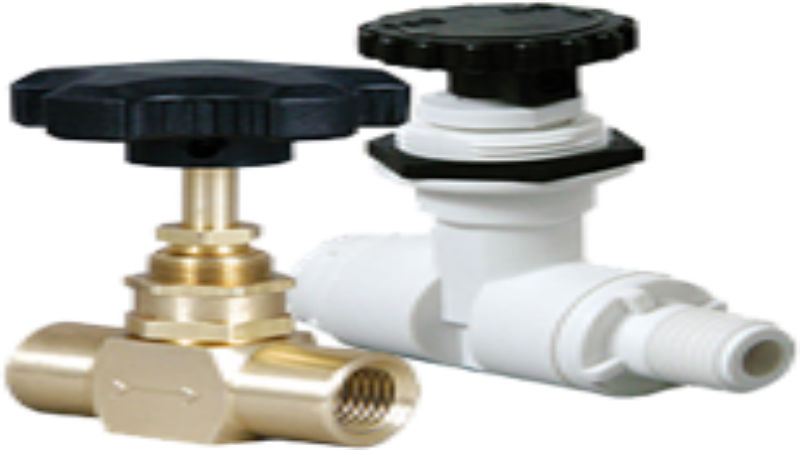In most systems and for the vast majority of application, the simplest solution to any problem or requirement is the best option. In a system where the control of the flow of a liquid or gas is required, a one way check valve is usually the most efficient and reliable valve to consider.
The Design
The check valve is also called a non-return valve for a very good reason. The design itself prevents movement of the liquid or gas backward through the system. In other words, it can only flow one way through the valve.
The valve itself has two ports or openings. One will receive the fluid or gas and the other, which is on the opposite side of the valve, will allow the liquid or gas to exit. The specific design of the valve will determine the type of use. Typically, there are external handles or controls as these valves are used to stop the backward flow through the system, not as a flow control.
Within the body of the one way check valve is some type of method to stop backwash or backflow through the valve. This is often a ball, but it can also be a diagram, a swing disc or a spring loaded valve most commonly used for inline applications.
On the inside of the inlet port, there is typically a seal. This can be made of a number of different materials that are selected to suit the type of fluid or gas in the system. Should the pressure back up on the exit port the ball, diaphragm, or disc in the valve is pushed back, creating a seal that stops any of fluid or gas from reversing direction.
The one way check valve can be made of many different materials including various types of metals and alloys as well as plastics. Plastic offers a low-cost, durable option for many typical applications.

